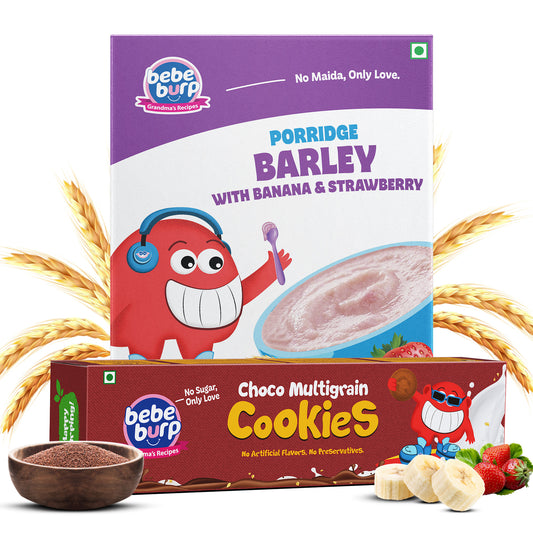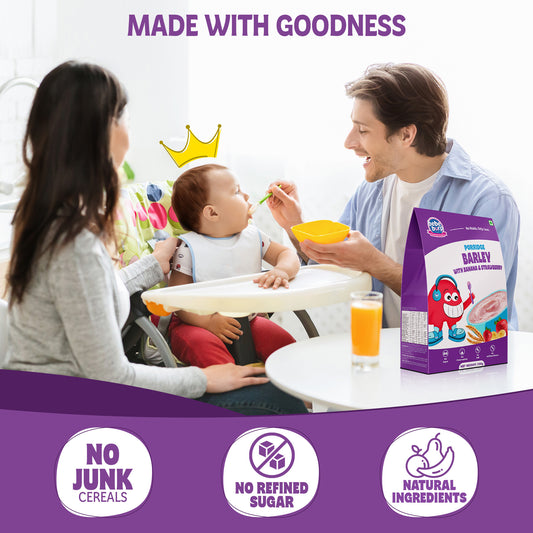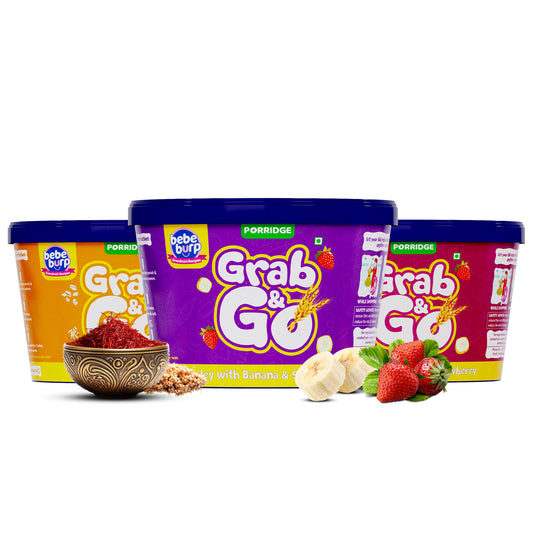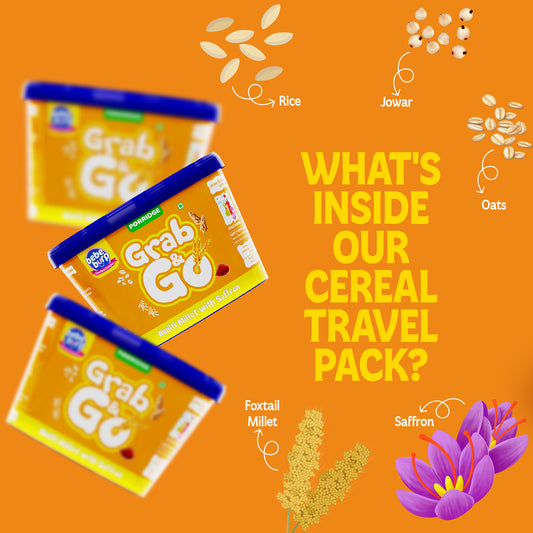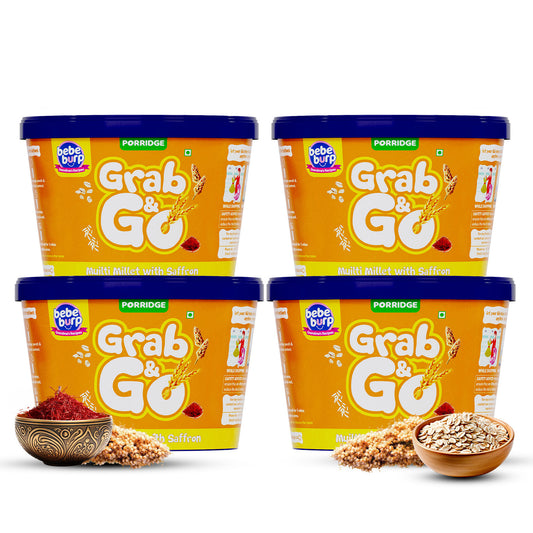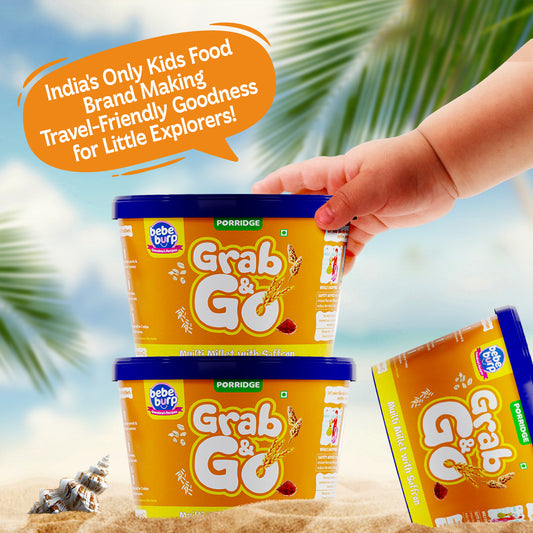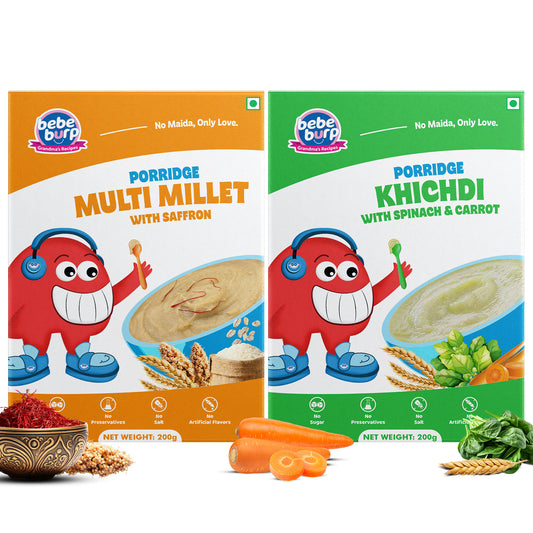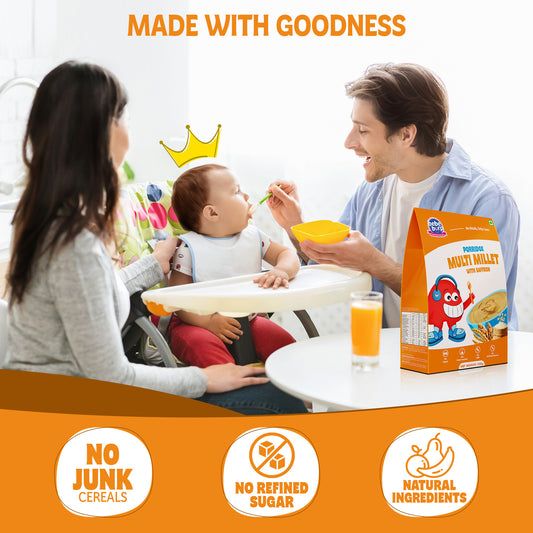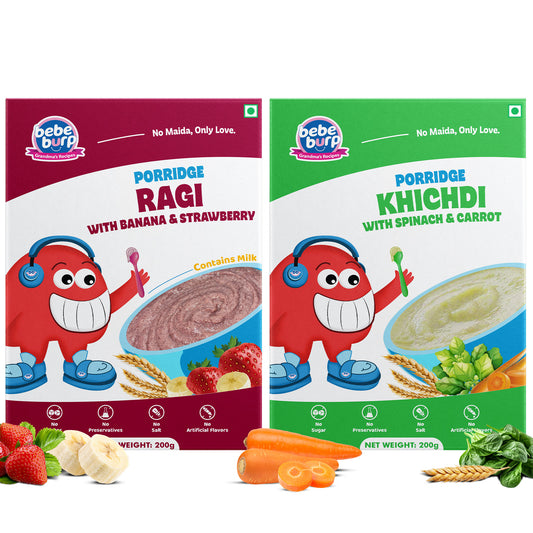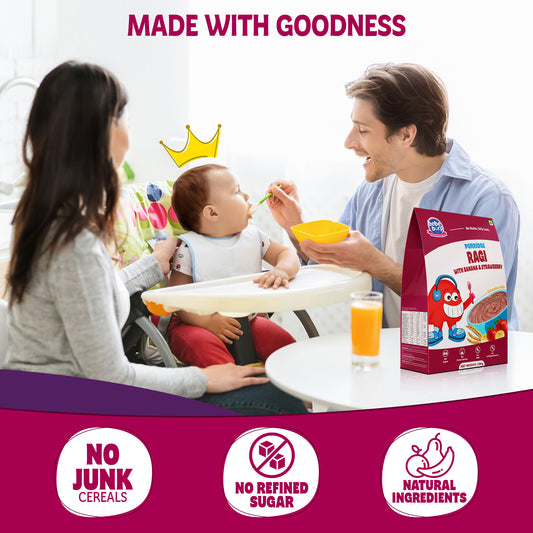Choosing the right food for a baby's early years is a top priority for parents.
Though most baby meal menus feature rice cereal and fruit purees, a simple grain known as millet is becoming increasingly important for its fantastic health advantages.
Unbelievably rich in nutrients, millet is good for babies, supports immunity, digestion, and growth.
Let’s explore why this traditional grain is starting to interest parents and healthcare providers.
What Is Millet and Why Is It Good for Babies?
Among the various types of small, spherical gluten-free grain millet on the market are pearl, foxtail, and finger millet.
Over millennia, many civilisations have mostly depended on this simple diet.
Millet is particularly beneficial for young children because of its great nutrient value and gentleness on the stomach.
Millet is simple on the digestive system, unlike some other grains, which makes it perfect for newborns, especially when they begin to switch to solid foods.
Along with providing vital vitamins and minerals, including iron, calcium, and magnesium, which all assist general development and health, it's also a terrific source of energy.
Nutritional Benefits of Millet for Babies
Essential nutrients packed in millet are vital for the growth of babies:
- Crucially important for blood development and bone growth are iron and calcium.
- Fibre helps avoid constipation and aids in good digestion.
- Vitamins increase energy and help cognitive function.
- Protein: Helps muscles grow and heal.
These elements cooperate to provide a good growing environment for your child.
How Millet Supports Babies’ Growth and Development
- Millet's B vitamins improve neuronal connections, therefore promoting brain development.
- Calcium and phosphorus improve bone development.
- Antioxidants such as phytonutrients help to ward against infections.
- Prebiotic fibre feeds good gut flora, therefore lowering tummy trouble.
Millet vs. Other Baby Foods: Which Is Better?
When selecting baby food, one should compare millet with other often-used varieties:
-
Millet vs. Rice: Though rice is the most typically utilised first food, millet has better nutritional value. Young children's growth depends on more protein, iron, and calcium contained in millet.
-
Millet vs. Oats: Though millet provides the benefit of being gluten-free and more easily digested, oats are generally recommended for newborns. Also, more vitamins and minerals than oats are millet.
-
Millet vs. Wheat: For young children with gluten allergies or sensitivity, millet is a safer option since millet is inherently gluten-free, unlike wheat.
Millet is a very nutrient-dense substitute for many popular infant foods, hence it is a great choice for growth and development.
How to Introduce Millet to Your Baby
You should introduce millet to your child's diet gradually and under close attention. Here's how to do it:
Start with Millet Porridge: Start with simple millet porridge. Cooking it with water or breast milk/formula guarantees that your baby will find the consistency to be smooth and easy for swallowing.
Use in Purees: Blended with fruits or vegetables, millet makes nutrient-dense purees your baby will like.
Watch for Reactions: Any new food should always be introduced under close observation for indications of allergies or sensitivities. Stop millet if your infant has any unexpected responses and see your paediatrician.
Introducing millet in modest amounts and progressively raising the serving size helps your baby's digestive system adjust.
Precautions While Feeding Millet to Babies
Although millet is a good choice, one should take some care:
- Ensure Proper Cooking: Cook millet completely, always to prevent choking risks. It ought to be mild and easy to digest.
- Avoid Overfeeding: Millet is high in fibre, hence too much might cause stomach trouble or bloating.
- Moderation is essential. Consult a pediatrician: Should your infant have a history of food allergies, you should see a paediatrician before introducing millet.
These steps will help you securely incorporate millet into your baby's diet.
Simple Millet Recipes for Babies
1. Millet Porridge (6+ Months)
- Ingredients: 1 tbsp millet flour, ½ cup water/milk.
- Method: Cook until creamy. Add mashed banana for sweetness.
2. Millet Vegetable Mash (8+ Months)
- Ingredients: cooked millet, steamed vegetables including peas and carrots.
- Method: For a meal bursting with nutrients, blend into a smooth mix.
Conclusion
A very adaptable and nutrient-dense diet, millet can help newborns' growth and development greatly.
Full of vital minerals including protein, iron, calcium, and fibre, millet has various advantages over other often used baby foods.
Your kid will have a head start towards strong bones, good digestion, and appropriate brain development if you include millet into their diet.
Always make sure millet is cooked safely and sensibly; if necessary, see a paediatrician.
Prepared to include millet to your infant's diet? Start with easy dishes and appreciate seeing how strong and healthy your kid is growing!



